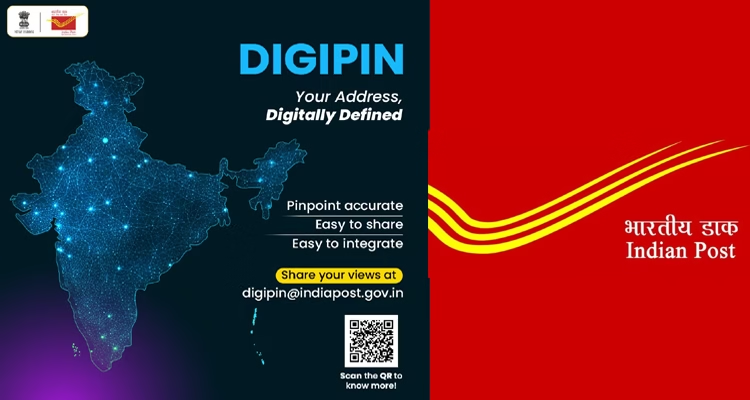
New Delhi: The Indian Postal Department has officially introduced a new digital address system called DigiPIN, replacing the traditional six-digit PIN codes that have been in use for decades.
This revolutionary step aims to transform how addresses are identified and used across the country by introducing a 10-digit geocoded digital code that pinpoints the exact location of a house, office, or business establishment.
Developed by India Post in collaboration with IIT Hyderabad, ISRO, and NRSC, the DigiPIN system is designed to provide precise location data with an accuracy of up to 4 square metres. Unlike the traditional PIN codes that cover broader areas, DigiPIN allows users to define their exact geographical location using digital mapping and GPS technology.
Check the DIGIPIN of your location: https://t.co/LVj255oF0t 🔗#PostSeVikas #IndiaPost pic.twitter.com/t3V96F0USf
— India Post (@IndiaPostOffice) June 5, 2025
The government has launched a dedicated portal — https://dac.indiapost.gov.in/mydigipin/home — where users can easily find and generate their 10-digit DigiPIN by clicking on their house or business location on the map. The code can be used for mail deliveries, courier services, government schemes, and even emergency response services such as ambulances or fire departments, which will now have improved access to accurate addresses, especially in remote or rural areas.
According to officials, the DigiPIN system is expected to benefit e-commerce platforms by eliminating address-related errors and delays. Moreover, since the DigiPIN data does not store personal information, privacy remains protected. The system can also function offline and is available across the country.
The move is seen as a major step under India’s Digital Governance and National Geospatial Policy. With this development, India joins a growing number of nations adopting precise, digital location-based address systems.
The DigiPIN is not a replacement for the current PIN system but serves as an enhancement for better accuracy and service efficiency. Over time, the postal department hopes that more citizens and businesses will adopt this new addressing model for seamless service delivery.



